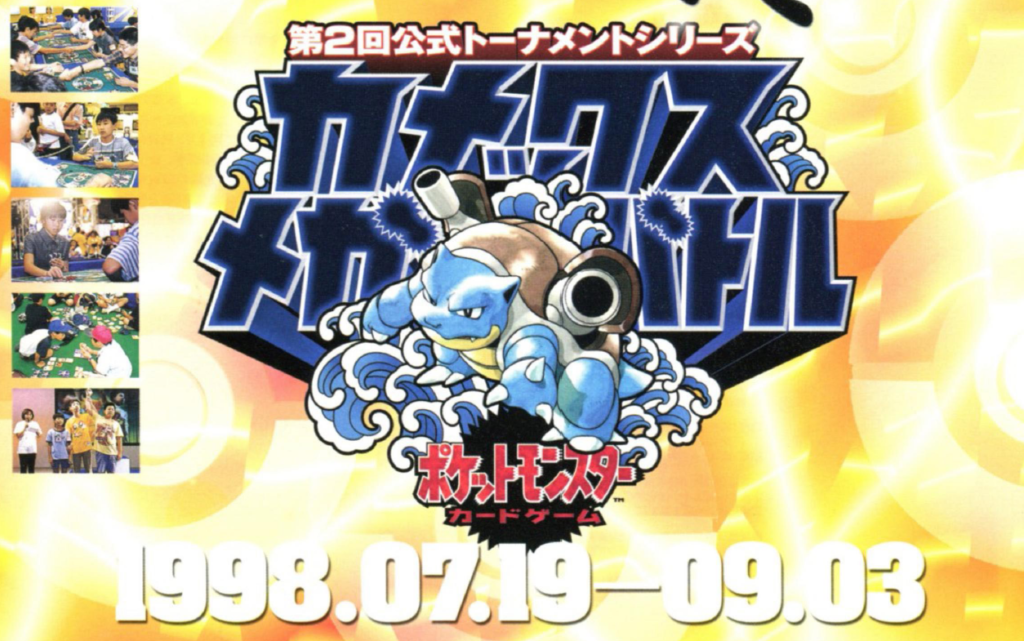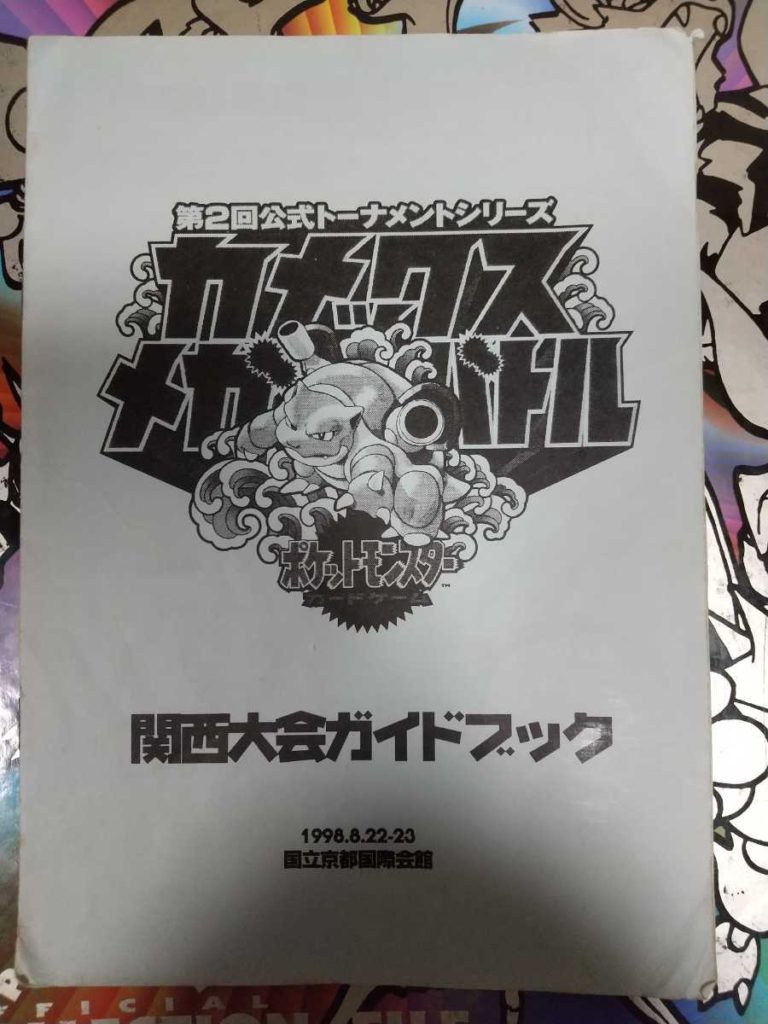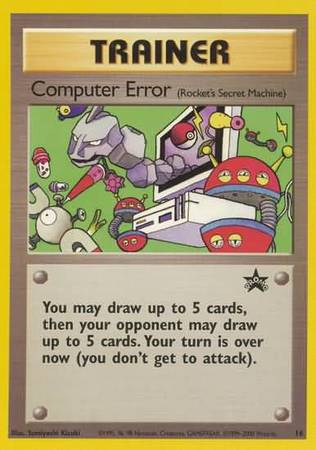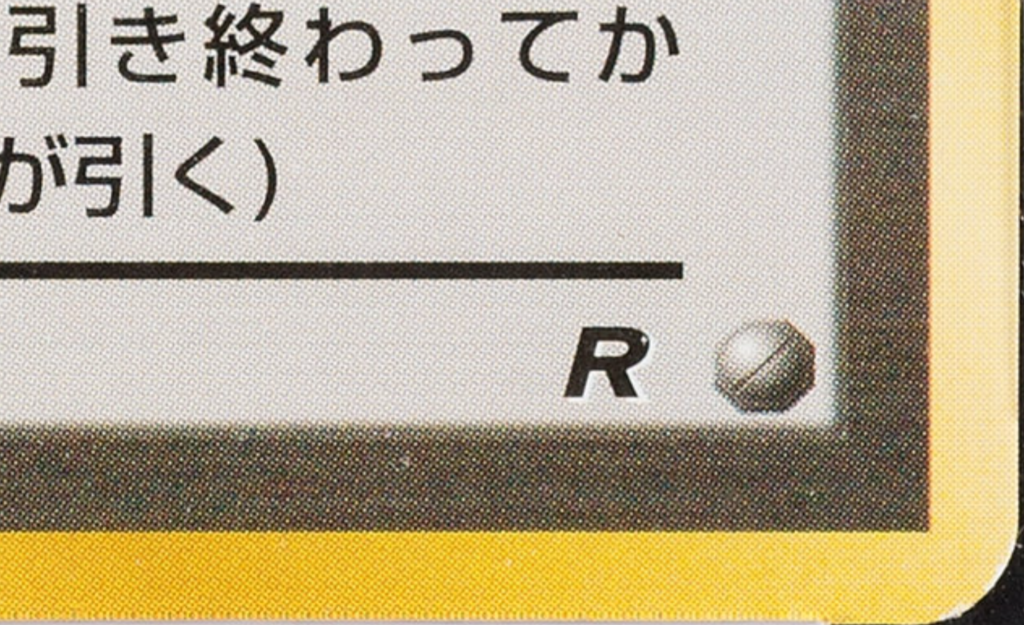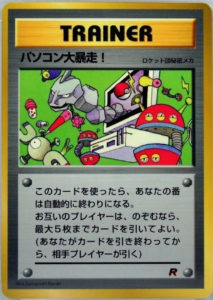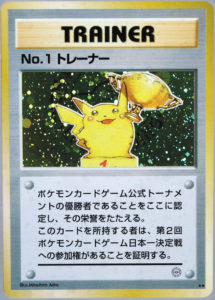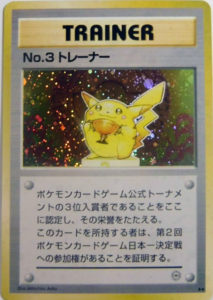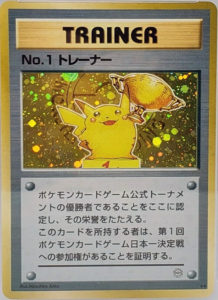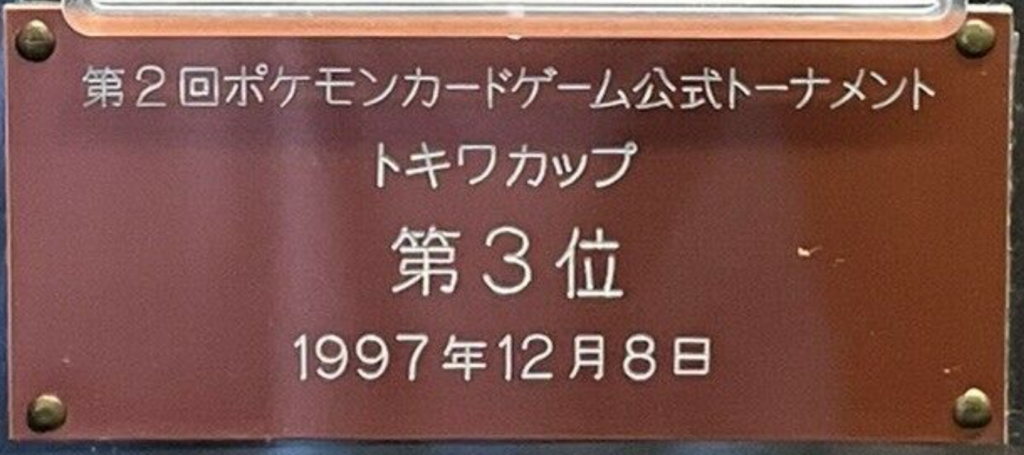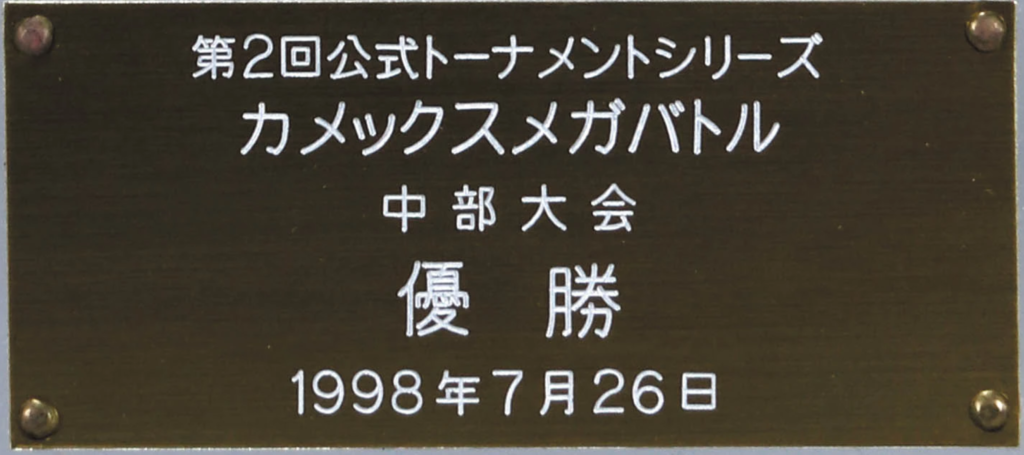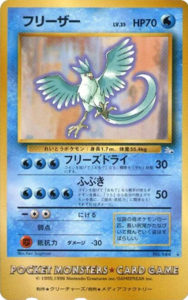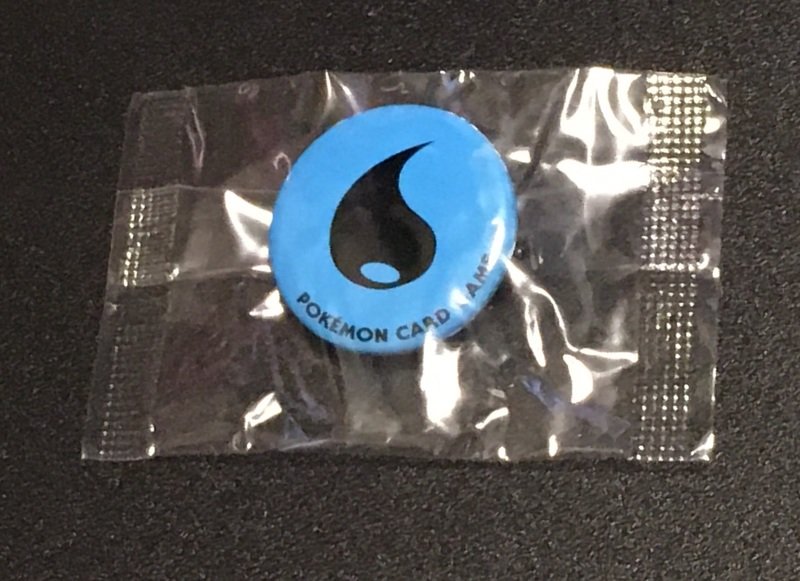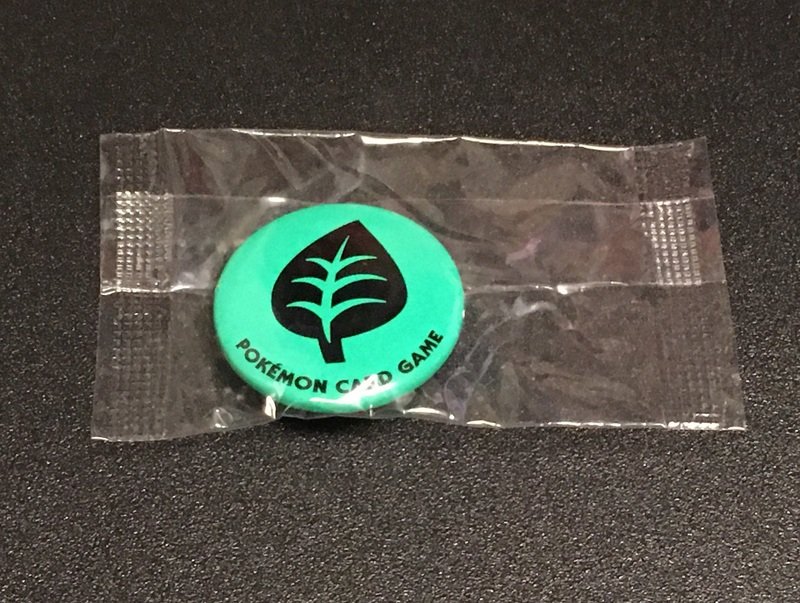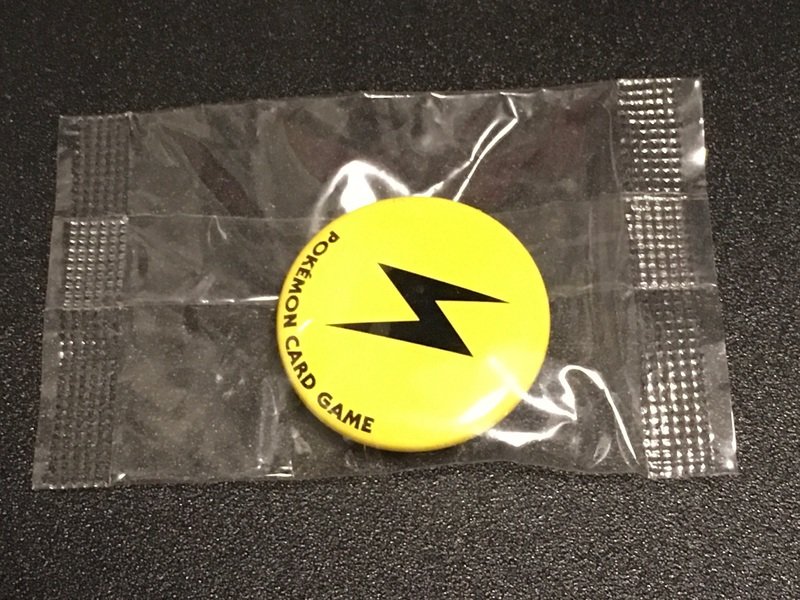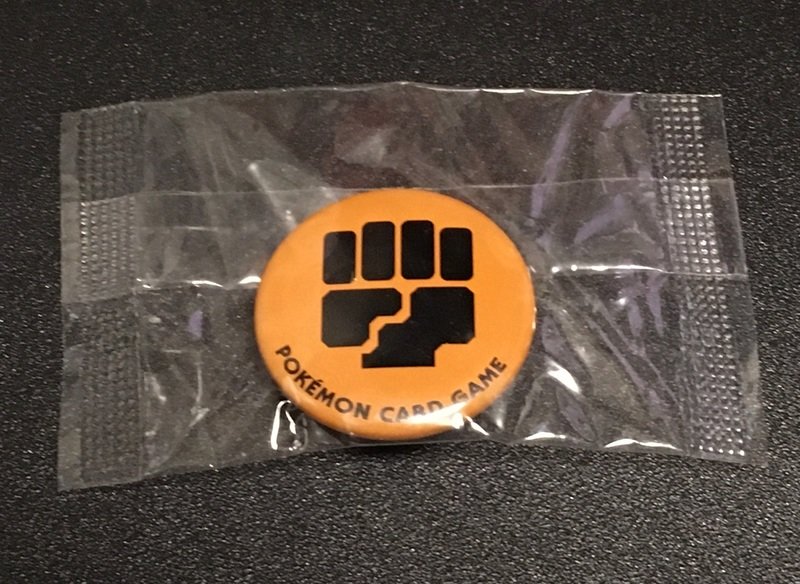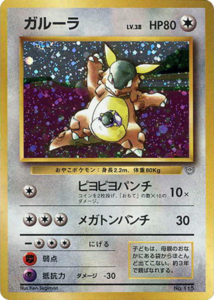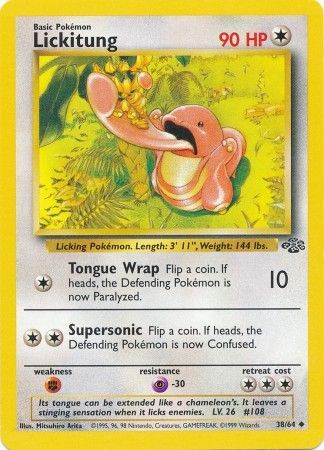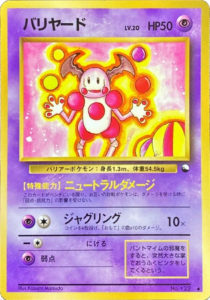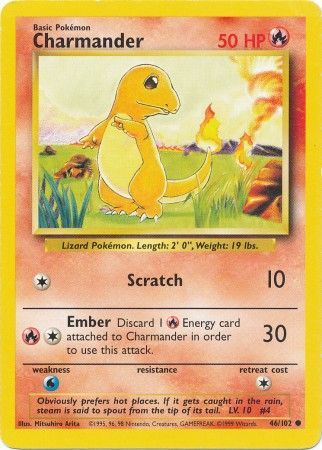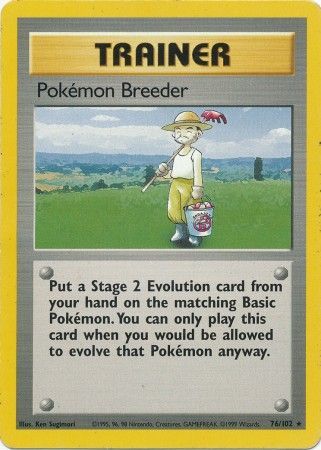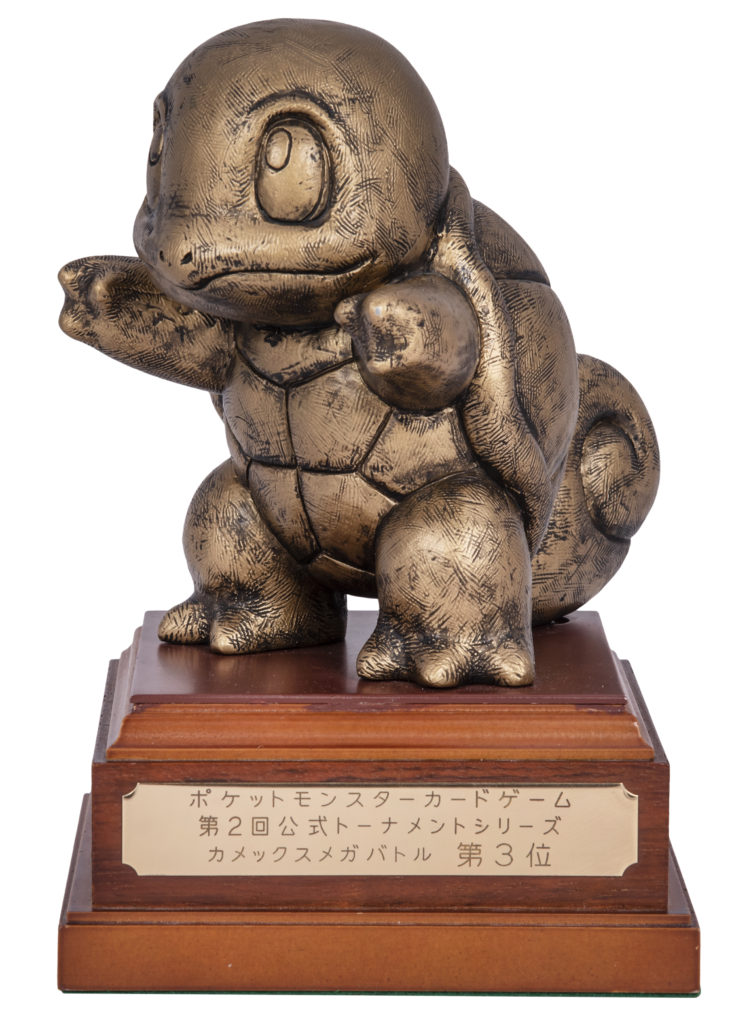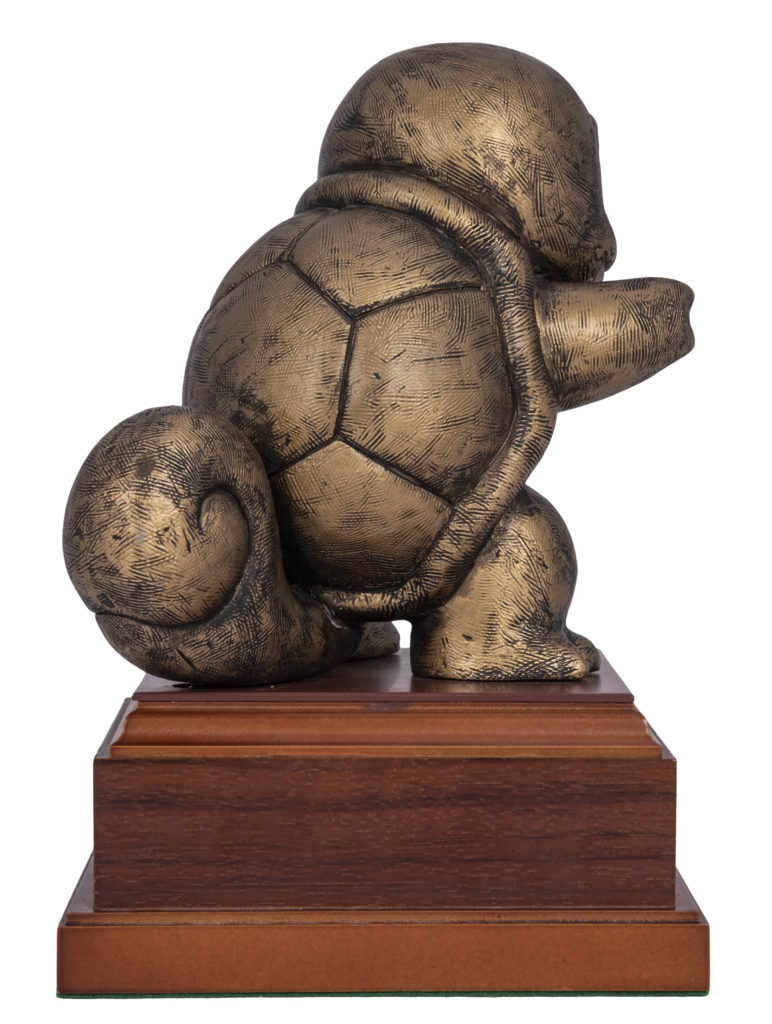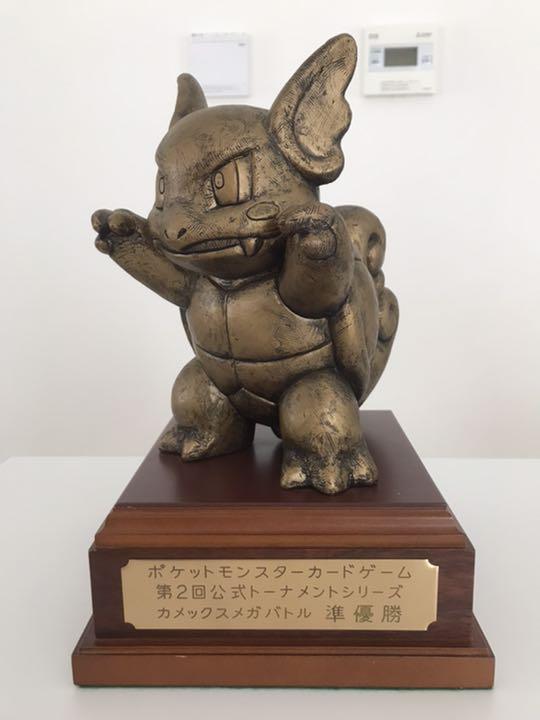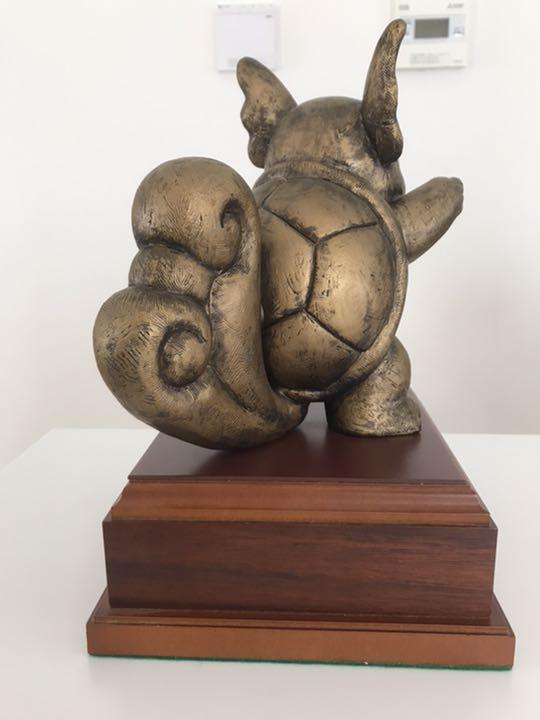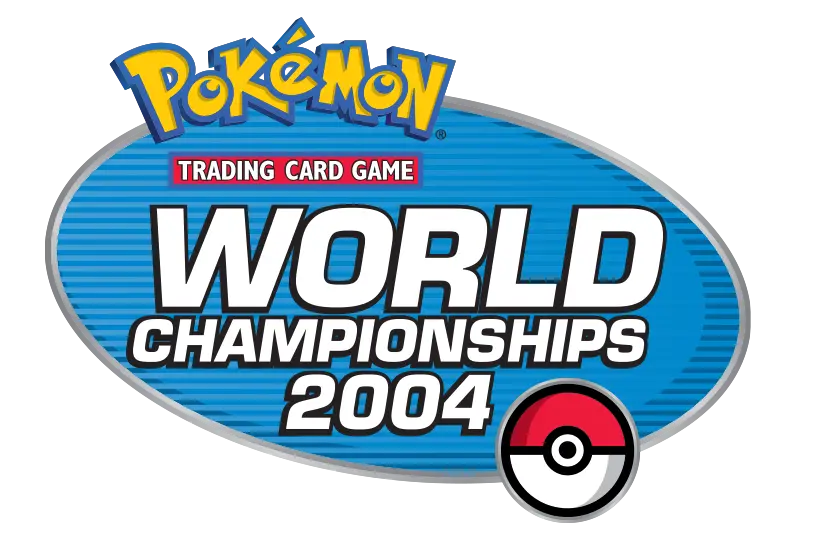Following the success of the first national tournament series, the 1998 Lizardon Mega Battles, a second tournament series and subsequent national championship was held later in the same year. From July to August in the summer of 1998, regional tournaments were held across Japan.
These regional tournaments culminated in a national championship event held on September 3, 1998, and were known as the Kamex Mega Battle (Blastoise’s Japanese name is Kamex).
Unlike the Lizardon Mega Battle, a commemorative photo book was not produced for the event, and as such there is far less documentation on the event.
However, thanks to kampe_cards, we were given access to a guide book from the Kanto regional tournament at the Pacifico Yokohama. With the help of ToineLay translating the book, we’re able to get a comprehensive view of how the Kamex Mega Battle tournament series were run.

Regional Qualifiers
Similar to the Lizardon Mega Battles, a series of regional tournaments were held across Japan. This time, only 5 regional tournaments were held as opposed to 6 with the Lizardon Mega Battles.
- Kantō tournament: Pacifico Yokohama, Yokohama on July 19 and 20, 1998.
- Chūbu tournament: Port Messe Nagoya, Nagoya on July 26, 1998.
- Kyūshū tournament: Fukuoka Kokusai Center, Fukuoka on August 2, 1998.
- Hokkaidō tournament: AXES Sapporo, Sapporo on August 16, 1998.
- Kansai tournament: Kyoto International Conference Center, Kyoto on August 22 and 23, 1998.
Participants had to present an invitation pass to enter the regional tournaments. Previous tournament winners from the Lizardon Mega Battle were invited, as well as the general public who won an opportunity through lotteries entered via postcard.
Tournament structure
Each of the regional tournaments were split into 2 divisions: juniors league for players in elementary school, and seniors league for players in middle and high school. Each tournament had a morning and afternoon session per day, so tournaments that were multiple days would have up to 4 total sessions. Only the Kanto and Kansai tournaments spanned 2 days.
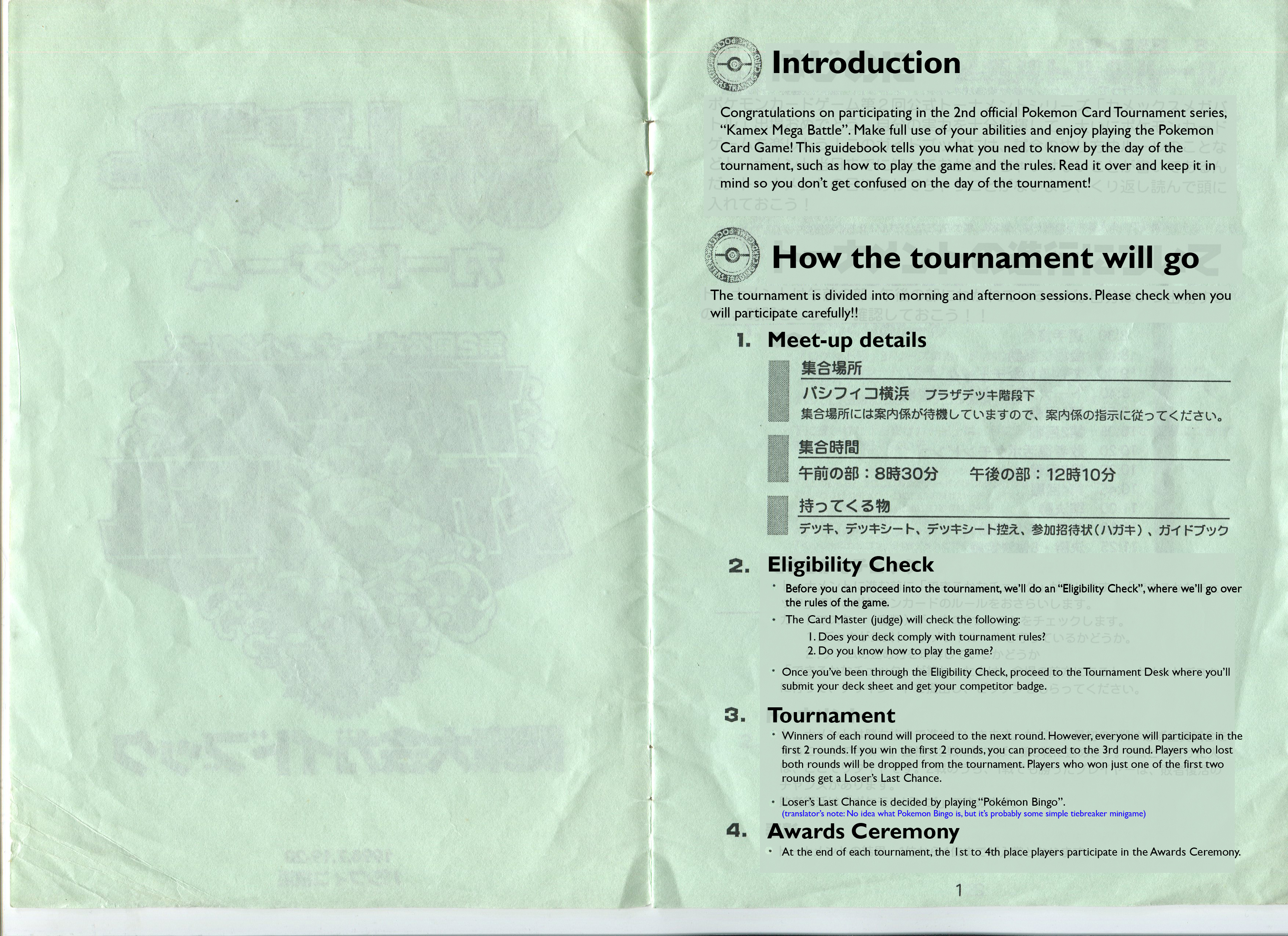
The tournament was played as a modified-single elimination tournament, and a 3rd place playoff to determine a final top 4 standing. Matches were played with 4 prize cards and a 10 minute time limit.
All players played the first 2 rounds of the tournament. Those who won both rounds would advance to the third round, while players who lost both were dropped from the tournament.
Players won a round and lost a round would be get to play in a “Loser’s Last Chance” to see if they could get back into the tournament. The “Loser’s Last Chance” was decided with an activity called “Pokemon Bingo”. In Pokemon Bingo, a staff member would shuffle a stack of cards and draw a random card. Players with that card in their decks would win a chance to participate. This method was used in the Lizardon Mega Battles held previously as well.
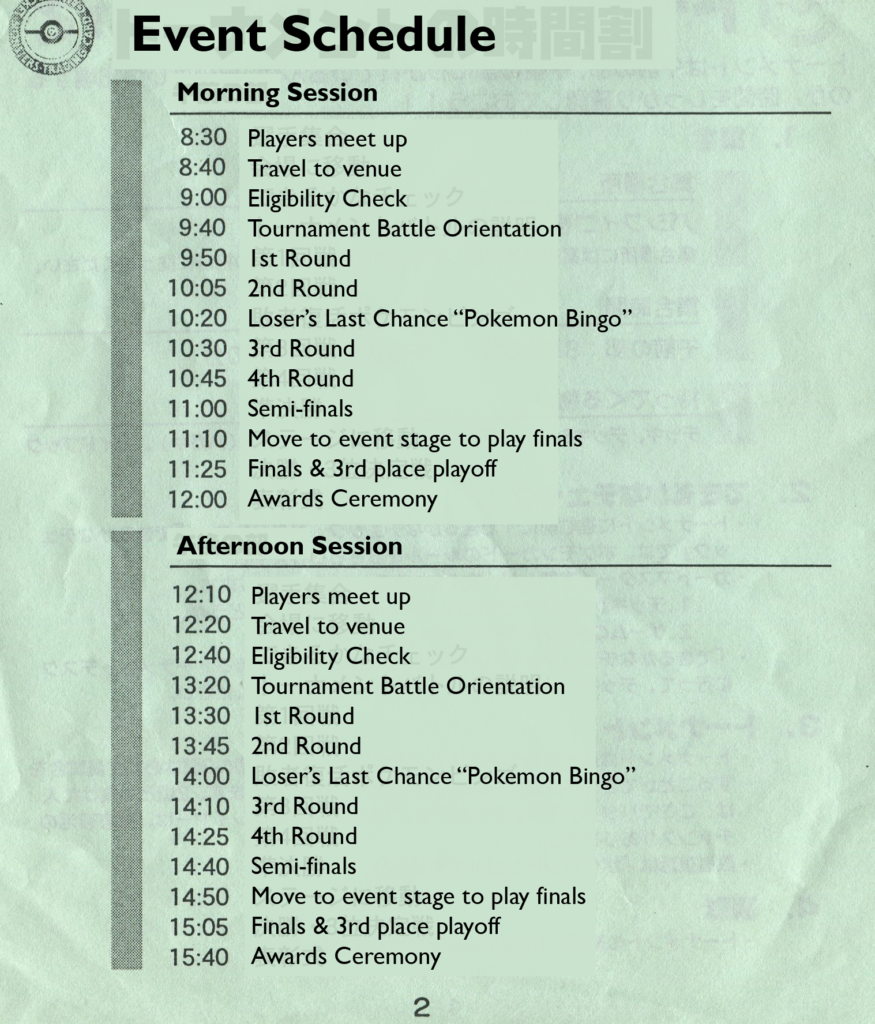
After the 4th round, semi-finals would be played, after which the surviving players would be brought up to the event stage to play the 3rd place playoff and finals of the tournament. In total, there were 6 rounds from start to finish, including the finals.
The top 4 players were invited to participate in the awards ceremony at the end of each tournament session. The top 3 winners from each regional tournament session were eligible to be invited to a qualifying league tournament held on August 30, 1998. The winners of this qualifying tournament would gain entry to the Kamex Mega Battle Best in Japan national championship later on the same day.
Since there were 6 total rounds, and the “Loser’s Last Chance” simply cut the initial player pool in half, we can estimate that each tournament session had 64 players, and then use that to estimate the total competitor pool.
- Kantō tournament: 192 juniors / 64 seniors
- Chūbu tournament: 64 juniors / 64 seniors
- Kyūshū tournament: 64 juniors / 64 seniors
- Hokkaidō tournament: 64 juniors / 64 seniors
- Kansai tournament: 192 juniors / 64 seniors
Deckbuilding rules
The Kamex Mega Battle had unique deckbuilding rules that were explained to players prior to the event via the guide book.
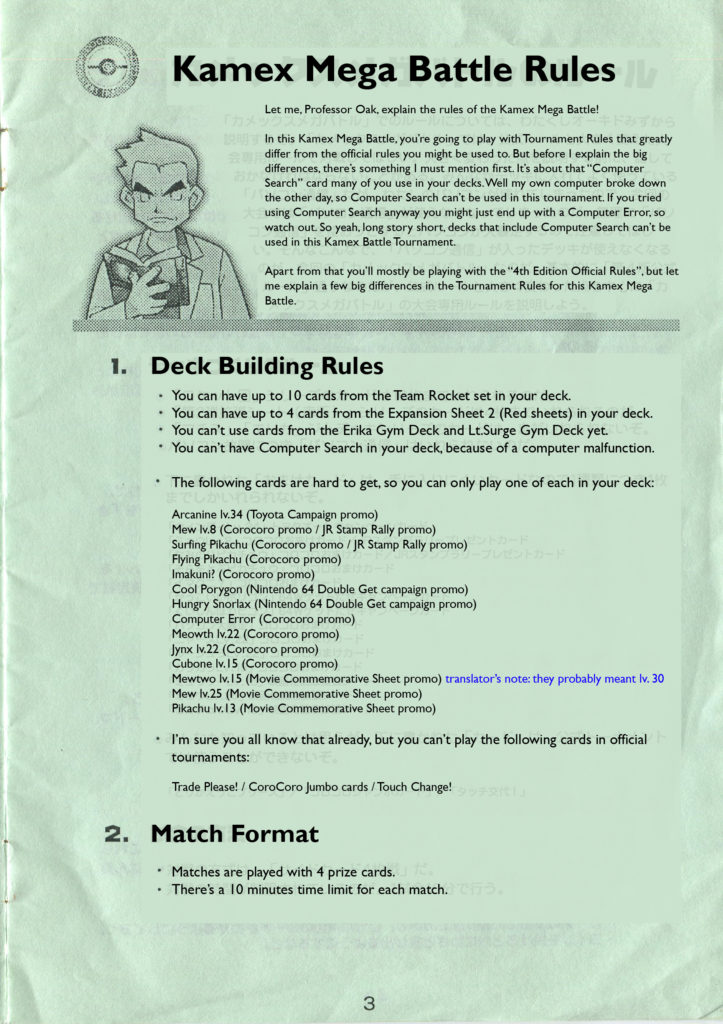
Players were banned from using card from the soon-to-be-released Gym Heroes expansion (preconstructed decks had been released earlier), and were restricted in using cards in several sets like the Team Rocket expansion, vending machine series and promo cards.
Most notably, the Computer Search trainer card was entirely banned. This powerful trainer was a staple in almost every deck in the metagame, as it allowed decks greater levels of consistency with its searching ability.
The guide book would foreshadow the “twist” for each regional tournament–each player would be given a copy of the Computer Error trainer card and have it added to their decks. This card was significantly less powerful (and very questionably playable).
Regional tournament rewards
Participants and winners of the Kamex Mega Battle regional tournaments all received rewards, many exclusive to the event.
Participation Rewards
All participants of the regional tournaments received a special promotional Computer Error card, which had been printed earlier in the January 1998 issue of CoroCoro Comic. They were instructed to include this card in their decks during the deck eligibility check. This meant that all competitors’ decks were 61 cards instead of the usual 60.
The version of the card handed out to participants of the Kamex Mega Battle had a matte texture, and the Team Rocket “R” symbol doesn’t have the red drop shadow and instead shows a white one. This version is considerably more rare, since it was only available to tournament participants. Using the total competitor counts, it’s estimated that there are 896 copies of this card in existence.
In contrast, the version of the card from CoroCoro Comic had glossy texture, and the Team Rocket symbol had a red drop shadow. It was widely available in the magazine as well as the Pokemon Best Song CD.
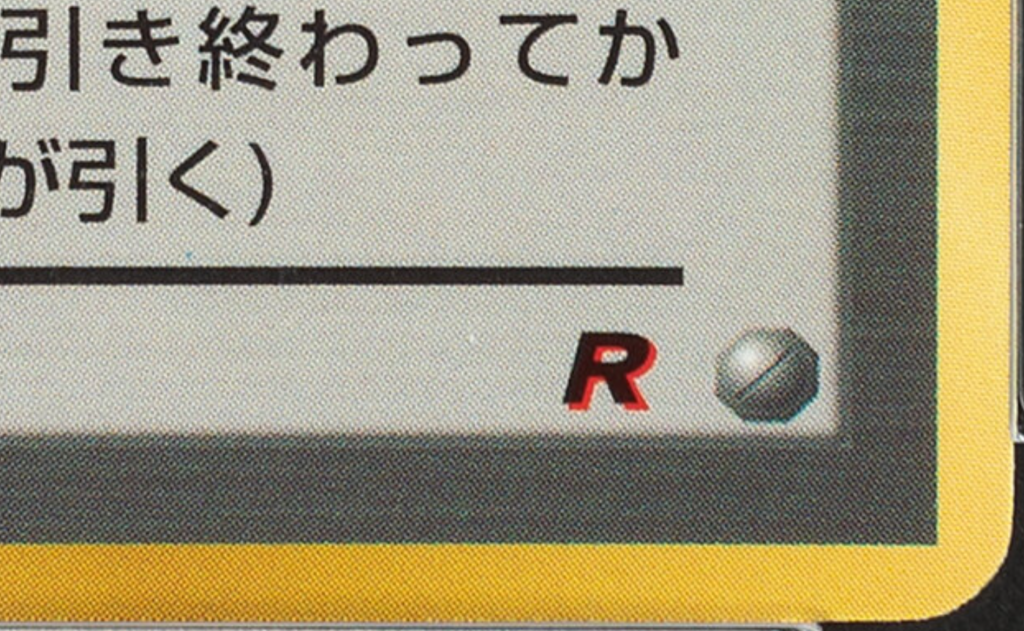
In addition, all participants could trade in their competitor badges and invitations for a participation prize: a golden Chansey coin previously given out at the 1st Official Tournament.

Winner Rewards
The top 16 ranking players for each tournament session received additional rewards, the most well-known of which were the No.1 – 3 trainer cards.
For the first (and perhaps only) time, top-placing players were also given additional rewards, namely the ability to pick any holographic set card to receive a copy of.

- Top 16: Pick any 1 holographic card from Base Set, Jungle, or Fossil
- Top 8: Pick any 2 holographic cards from Base Set, Jungle, or Fossil
- Top 4: Champion’s Cap
- 4th Place: Pick any 3 holographic cards from Base Set, Jungle, or Fossil
- 3rd Place: No.3 Trainer card
- 2nd Place: No.2 Trainer card
- 1st Place: No.1 Trainer card
The top 4 winners also received a Champion baseball cap, which was identical to the ones given out at the regional Lizardon Mega Battles
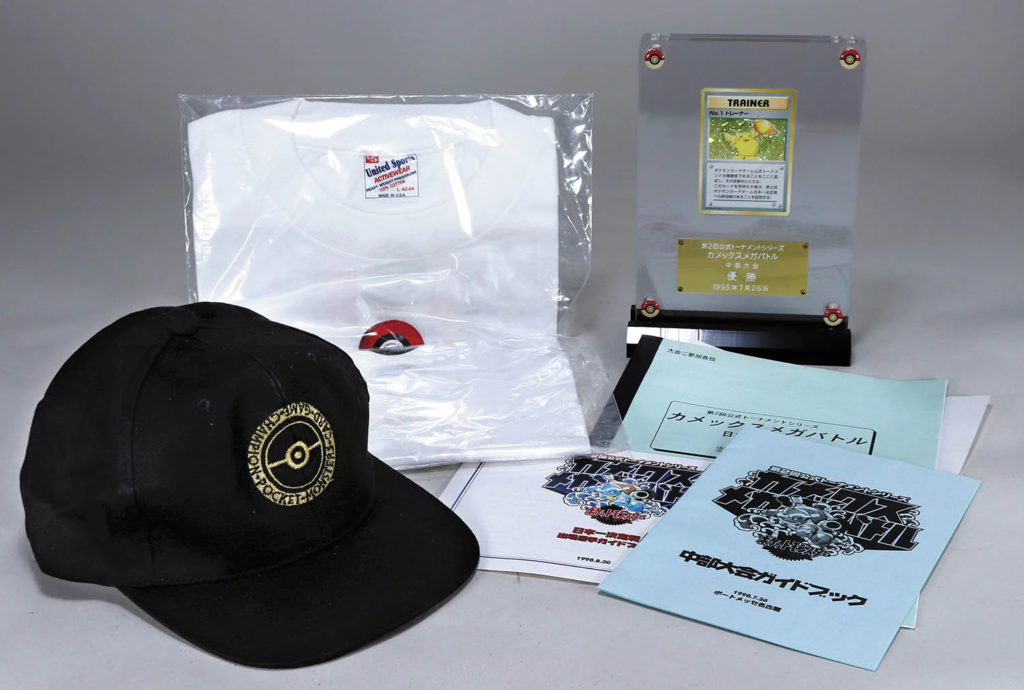
The top 3 winners would be invited to Tokyo on August 30, 1998 to play in a qualifying league, which would whittle down the total pool of winners into a final tournament.
No.1 – 3 Trainer cards
The top 3 winners of each regional tournament session each received a No.1 – 3 trainer card. Similar to previous tournaments, these were presented in an acrylic case.
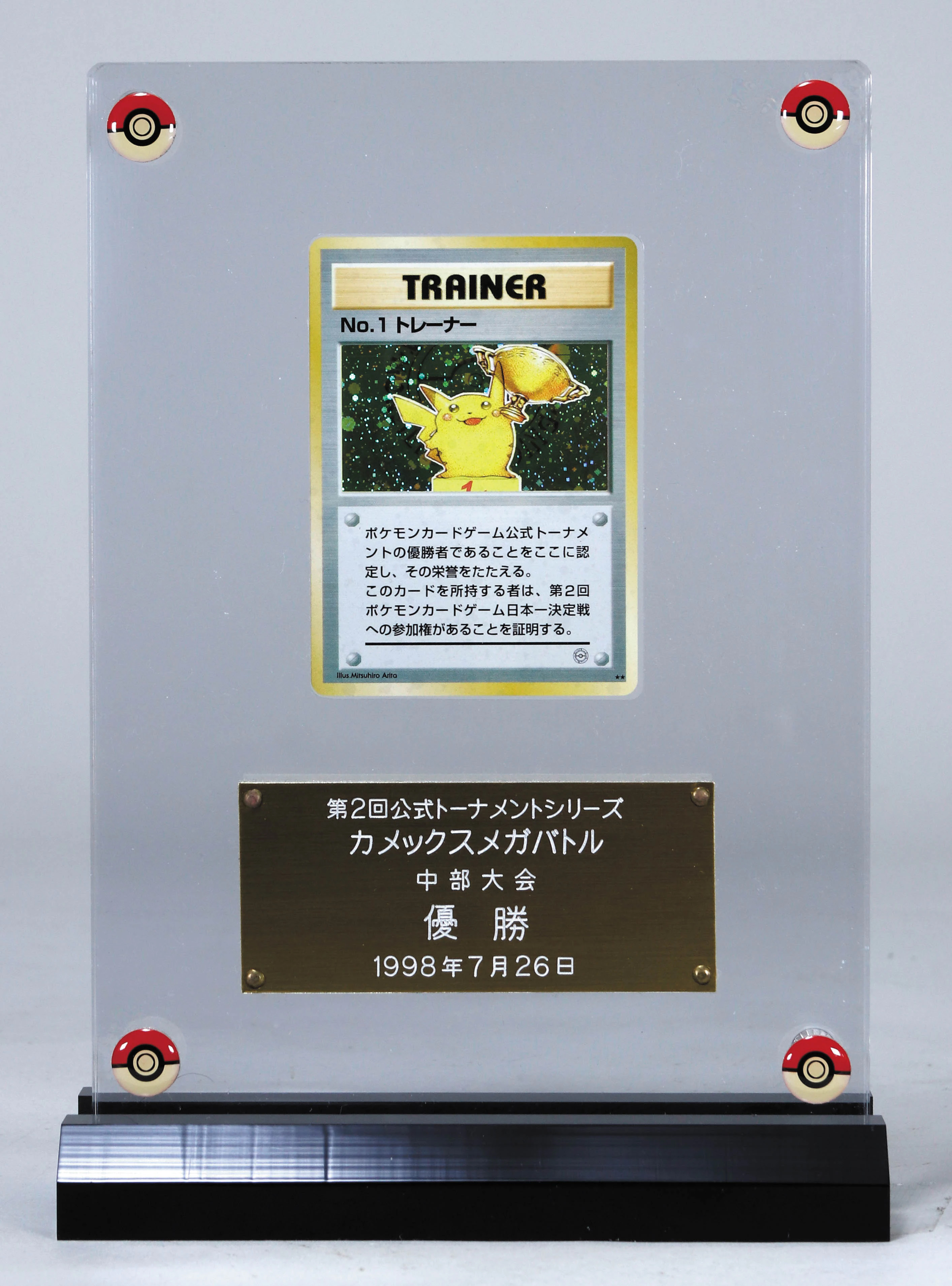
This was the third and final time these trainers featured the same art from the previous two printings of the cards (first at the 1st Official Tournament, and second at the regional Lizardon Mega Battles).
The numbered trainer cards featured updated text from the Lizardon Mega Battle ones to signify that they were from a different event:
The Pokémon Card Game Official Tournament’s champion is recognized here, and this honor is praised.
This proves that the person who possesses this card have the right to participate in the First Pokémon Card Game Best in Japan Deciding Match.
1997-98 Lizardon Mega Battle No.1 Trainer
The Pokémon Card Game Official Tournament’s champion is recognized here, and this honor is praised.
This proves that the person who possesses this card have the right to participate in the Second Pokémon Card Game Best in Japan Deciding Match.
1998 Kamex Mega Battle No.1 Trainer
The acrylic trophy cases also had their plaques updated. Confusingly however, both tournaments’ plaques refer to themselves as the “second” tournament.
This is because while the Lizardon Mega Battles were officially the 2nd official tournaments (after the 1st Official Tournament), they were actually the 1st official tournament series (a circuit of regional tournaments across Japan). Therefore the Kamex Mega Battles were the 2nd official tournament series, though they technically the 3rd official tournament.
Kanto tournament
The first tournament in the Kamex Mega Battle circuit took place July 19 – 20, 1998 on a Sunday and Monday (the latter was a holiday). Representing the Kanto region, it took place at the Pacifico Yokohama in Yokohama City.
The tournament had 4 sessions, with a a junior league in the morning and afternoon of the first day. On the second day, there was a senior league in the morning, and a junior league in the afternoon.
This tournament was attended by Tsunekazu Ishihara, the general producer of the Pokemon TCG, and Shinya Takahashi, a Cardmaster (head judge) who had previously accompanied Ishihara in the finals of the Lizardon Mega Battle. They commentated the 3rd place playoff and final matches on stage.
July 19 morning session (Junior league)
- 1st place: Satoshi Kato (6th grade)
- 2nd place: Hiroshi Ikeda (5th grade)
- 3rd place: Yasuhito Kajiwara (6th grade)
Winner of the first-ever Parent-Child tournament at the Lizardon Mega Battle finals. - 4th place: Ryotaro Kimura (6th grade)
July 19 afternoon session (Junior league)
- 1st place: Hiroki Hayashi (6th grade)
- 2nd place: Toshiki Iwasa (5th grade)
- 3rd place: Shinsuke Hishikawa (6th grade)
- 4th place: Takahiro Uno (6th grade)
July 20 morning session (Senior league)
- 1st place: Asakura Osamu (7th grade)
- 2nd place: Keisuke Miyadera (8th grade)
Had previously placed 4th in the Lizardon Mega Battle Tokyo Nibi Cup. Would also go on to make it through the qualifying league of the Lizardon national championship, but didn’t make the top 8 cut. - 3rd place: Kenji Kajita (7th grade)
- 4th place: Yuta Oishi (8th grade)
July 20 afternoon session (Junior league)
- 1st place: Megumi Sasanuma (6th grade)
- 2nd place: Yuichi Hasegawa (6th grade)
- 3rd place: Komuro Dai (6th grade)
- 4th place: Kazuma Yasunoki (6th grade)
Chubu Tournament
The Chubu regional tournament was held at Port Messe Nagoya on Sunday, July 26 1998. Since the tournament was only a single day, there was only one junior and one senior session.
July 26 morning session (Senior league)
- 1st place: Jota Ito (8th grade)
Had previously placed 1st in the Lizardon Mega Battle Nagoya Kuchiba Cup - 2nd place: Shogo Kato (9th grade)
- 3rd place: Hiroki Goto (8th grade)
- 4th place: Takayuki Ishizaki (7th grade)
July 26 afternoon session (Junior league)
- 1st place: Kiyo Terada (6th grade)
- 2nd place: Kosuke Sakakibara (6th grade)
- 3rd place: n/a (results were not reported)
- 4th place: Yuji Ohashi (6th grade)
Kyushu Tournament
Similar to the Chubu Tournament, the Kyushu Tournament was only held on a single day, with the senior session in the morning, and a junior session in the afternoon. It was held at the Fukuoka International Center on Sunday, August 2 1998.
August 2 morning session (Senior league)
- 1st place: Yusuke Shiraki (9th grade)
- 2nd place: Naruhito Antoku (8th grade)
- 3rd place: Hisanori Kaneshiro (7th grade)
- 4th grade: Takeshi Onishi (7th grade)
August 2 afternoon session (Junior league)
- 1st place: Hiroki Hamada (6th grade)
- 2nd place: Yusuke Matsushita (6th grade)
- 3rd place: Kazuki Kiyohara (5th grade)
- 4th place: Kohei Sakata (6th grade)
Hokkaido Tournament
The Hokkaido tournament was also another single-day tournament. It was held at at AXES Sapporo on Sunday, August 16 1998. Since it was later in the tournament circuit, the decks that players brought were more tuned to the Kamex Mega Battle’s special deckbuilding rules.
August 16 morning session (Senior league)
- 1st place: Naoto Okada (9th grade)
- 2nd place: Kenichi Fujisawa (9th grade)
- 3rd place: Taiji Kudo (8th grade)
- 4th place: Norimasa Ando (8th grade)
August 16 afternoon session (Junior league)
- 1st place: Kazuto Kato (6th grade)
Had previously placed 4th in the Lizardon Mega Battle national championships - 2nd place: Kunihiro Nomura (6th grade)
- 3rd place: Ritoshi Shimizu (5th grade)
- 4th place: Fumi Fukuoka (6th grade)
Kansai Tournament
The final tournament of the circuit was held at the Kyoto International Conference Center in Kyoto from August 22 – 23, 1998.
Since the tournament was spread over 2 days, there were 4 tournament sessions. The first day’s sessions were both junior league games, and on the second day a senior league was held in the morning, and a third juniors league in the afternoon.
August 22 morning session (Junior league)
- 1st place: Toshiaki Kokubun (4th grade)
- 2nd place: Hiroyuki Uchida (4th grade)
- 3rd place: Yutaka Inoue (6th grade)
- 4th place: Yosuke Kawashima (4th grade)
August 22 afternoon session (Junior league)
- 1st place: Akira Yoshida (5th grade)
- 2nd place: Shun Hirata (5th grade)
- 3rd place: Yuichi Miyai (6th grade)
- 4th place: Takashi Yanase (6th grade)
August 23 morning session (Senior league)
- 1st place: Yuma Higashi (9th grade)
- 2nd place: Yutaka Morigaki (9th grade)
- 3rd place: Yoshio Kuriyama (7th grade)
- 4th place: Yoshihide Tanabe (8th grade)
August 23 afternoon session (Junior league)
- 1st place: Takashi Noguchi (6th grade)
- 2nd place: Toru Imanishi (6th grade)
- 3rd place: Shinichiro Tanaka (6th grade)
- 4th place: Yuya Matsumoto (6th grade)
Side Events
Each of the regional tournaments also hosted several side events, or “corners” for attendees who weren’t competing in the main tournament, or those who were eliminated in earlier rounds.
Good Luck Girl! Corner
This corner was to support and encourage girls playing in the main tournament and for the Pokemon TCG overall.
Teaching Corner
As with the previous Lizardon Mega Battle tournaments, this corner was meant to teach new players how to play the Pokemon TCG, as well as educate parents on how to play.
Dugtrio Team Battle Tournament
This corner hosted a new team battle format: the Dugtrio Team Battle. Each team had 3 players, and there so no advanced registration so participants were accepted on a first-come, first-serve basis. There were no age limits for the tournament, so teams would range from children to their parents forming a team. There was a 10 minute time limit for each team match.
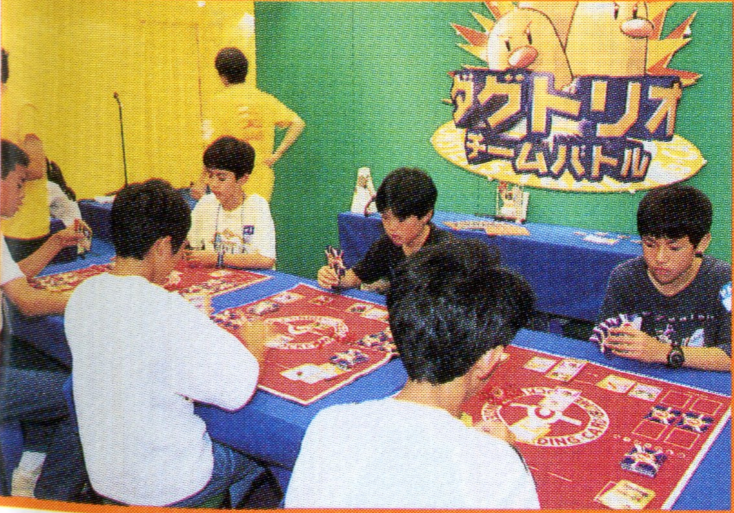
Within each team, the 3 players would have to decide who was the “forerunner” (先鋒), “middle player” (中堅), and “general” (大将). The forerunners would play for 5 minutes, then the middle player would start playing, and finally after 5 minutes of the middle player playing, the general would begin. the 10 minute time limit would only start once the generals began to play.
When all 3 games had finished, the team that had taken the most total prize cards would be declared the winners. Prizes included the legendary bird phone cards that would be later given out at the 1999 International Tropical Mega Battle and other 1999 official tournaments where the Dugtrio Tag Team Tournaments were held.
3-win Challenge corner
This corner was a battle corner where players were seated at tables. The winner of each match would remain at the table as a new challenger took another seat.
If a player won 3 times in a row, they were given a Pokemon Card Game poster and a vending series sheet, likely from the second series, as that had recently been released.
At the Kyushu tournament, players who won 3 matches in a row were also allowed to proceed to the “Challenge the trainer!!” corner. If they beat the trainer (likely a staff member) at that corner, they would get 2 energy badges. These badges were likely the same as the ones given out at previous official tournaments.
At the Hokkaido tournament, famous Pokemon celebrity Imakuni? made an appearance. Players who won 3 matches in a row would get a chance to play against him and his unusual deck of Porygon, Trade Please!, and Imakuni? cards.
Free space (Green Space) corner
This area was lined with green carpet, and was an open area for players to trade cards and play games against each other.
Kangaskhan Parent-Child tournament
At each Kamex Mega Battle venue there was also a Kangaskhan Parent-Child tournament held. Similar to the side event tournament held at the 1998 Lizardon Mega Battle, this was a team tournament with teams of two: one child, and one other player aged 16 or older.
Teams would gather at the side event corner and numbered tickets would be distributed to them via lottery. They needed these tickets to participate in the tournament.
The tournament was held in a round-robin format, which meant that all players would get to play each round. The tournament was 4 rounds long, and winning a round would give the winning team 2 stamps. A draw would give each team 1 stamp, and a loss meant no stamps. At the end of 4 rounds, the teams were ranked based on total number of stamps.
The top winning team at each venue received 2 copies of the famous Kangaskhan promo card: one for the child, and one for the “parent”. All participating teams also received 8 copies of the Touch Change promo card used in the tournament (4 for each player).
Qualifying League
On August 30, 1998, the top 3 winners of each regional tournament session met at the TV Tokyo headquarters to play in the qualifying league. The goal of the qualifying league was to whittle down the group of 42 total players to 8 junior league and 4 senior league players for the final tournament.
In total, there were 27 junior league winners and 15 senior league winners from the 5 regional tournaments:
- Kantō tournament: 9 juniors, 3 seniors
- Chūbu tournament: 3 juniors, 3 seniors
- Kyūshū tournament: 3 juniors, 3 seniors
- Hokkaidō tournament: 3 juniors, 3 seniors
- Kansai tournament: 9 juniors, 3 seniors
TV Tokyo was responsible for airing the 64 Mario Stadium variety show, which showcased various Nintendo (and mainly Pokemon) products and games from 1993 – 2000.

Both the qualifying league and the final tournament of the Kamex Mega Battle’s Best in Japan national championship would be later broadcast on 64 Mario Stadium. The qualifying league would be broadcasted on September 3, 1998, and the final tournament would be broadcasted a week later on September 10, 1998. Both were shown during the show’s 18:30 local time slot.
Deckbuilding Rules
The deckbuilding rules for the qualifying league and final tournament were identical to the ones used previously for the regional Kamex Mega Battles with one small change.
- You can have up to 10 cards from the Team Rocket set in your deck.
- You can have up to 4 cards from the Expansion Sheet 2 (Red Edition) in your deck.
You can’t use cards from the Erika Gym Deck and Lt.Surge Gym Deck yet.
You can use as many cards from the Erika Gym Deck and Lt. Surge Gym deck as you please.- You can’t have Computer Search in your deck, because of a computer malfunction.
- You must add 1 copy of Computer Error! to your deck
The following cards are hard to get, so you can only play one of each in your deck:
- Arcanine lv.34 (Toyota Campaign promo)
- Mew lv.8 (Corocoro promo / JR Stamp Rally promo)
- Surfing Pikachu (Corocoro promo / JR Stamp Rally promo)
- Flying Pikachu (Corocoro promo)
- Imakuni? (Corocoro promo)
- Cool Porygon (Nintendo 64 Double Get campaign promo)
- Hungry Snorlax (Nintendo 64 Double Get campaign promo)
- Computer Error (Corocoro promo)
- Meowth lv.22 (Corocoro promo)
- Jynx lv.22 (Corocoro promo)
- Cubone lv.15 (Corocoro promo)
- Mewtwo lv.15 (Movie Commemorative Sheet promo)
- Mew lv.25 (Movie Commemorative Sheet promo)
- Pikachu lv.13 (Movie Commemorative Sheet promo)
Tournament Structure
Participants arrived via bus at the TV Tokyo studio at 8:30 local time, where they were led to Studio No.2. At 10:00 local time, the qualifying league started. Players were divided into blocks (similar to the structure used in the Lizardon Mega Battle qualifying league). There were 8 junior league blocks and 4 senior league blocks.
Within each block, players would play all other players in their block in a round-robin fashion. At the end of 3 rounds, the player with the best overall record in each block would get to move on to the final tournament.
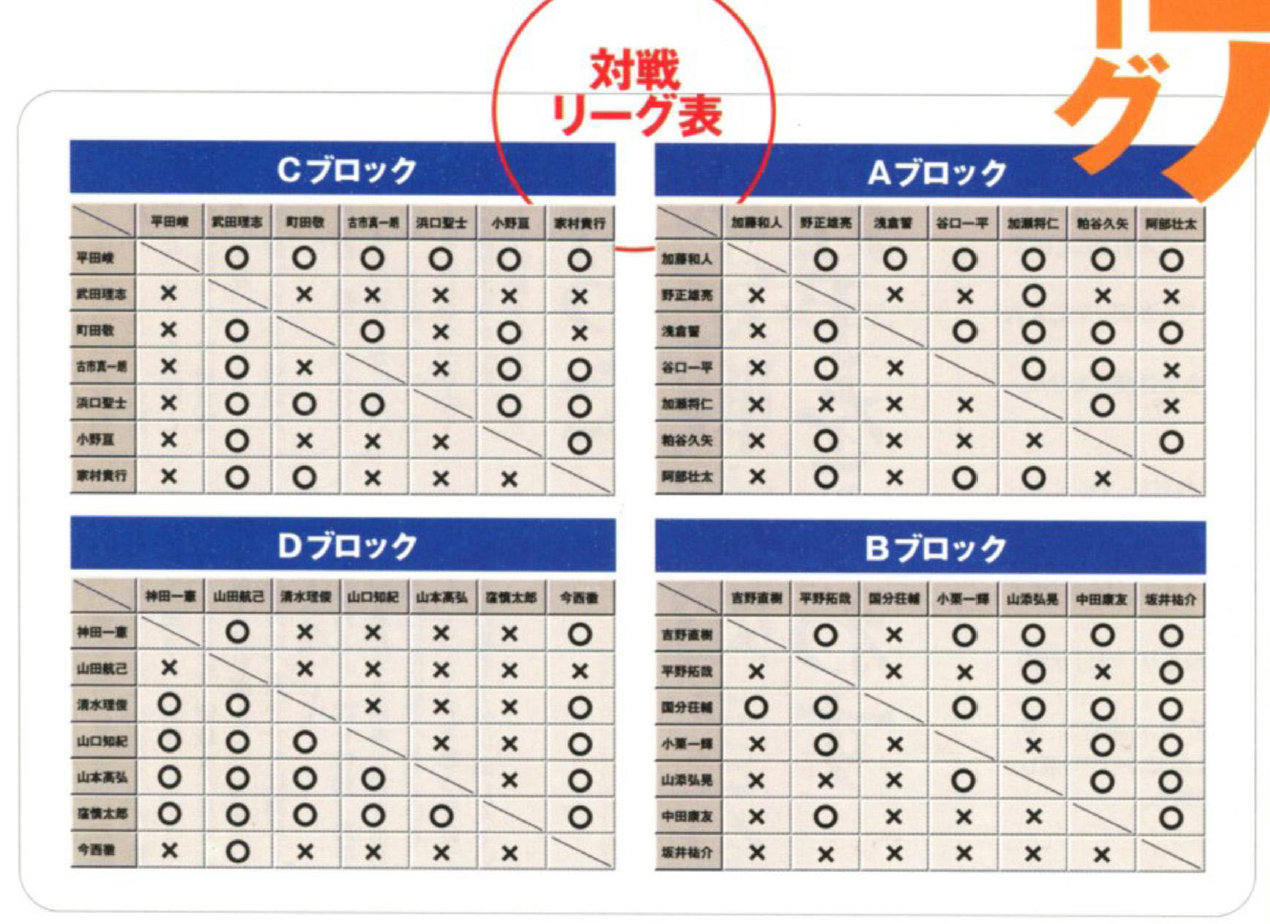
Due to the small number of senior league players (only 9), 4 blocks meant that 3 blocks had 2 players, and one block had 3. At the end of the third round, there were 2 senior league blocks where the players had tied records. Therefore, another round had to be played to determine a final winner for the senior blocks.
At the end of the qualifying league, 8 junior league players and 4 senior league players remained for the final tournament.
Final Tournament
During the final tournament, the junior league players would first play a quarterfinals round first to narrow the number of players down to 4. After that, both seniors and juniors would play their semifinals, 3rd place playoffs, and finals games to determine a final standing.
Participants
Junior league final tournament players
- A Block winner: Megumi Sasanuma (6th grade – July 20 Kanto tournament 1st place)
- B Block winner: Hiroki Hamada (6th grade – August 2 Kyushu tournament 1st place)
- C Block winner: Kiyo Terada (6th grade – July 26 Chubu tournament 1st place)
- D Block winner: Satoshi Kato (6th grade – July 19 Kanto tournament morning session 1st place)
- E Block winner: Ritoshi Shimizu (5th grade – August 16 Hokkaido tournament 3rd place)
- F Block winner: Kazuto Kato (6th grade – August 16 Hokkaido tournament 1st place)
Previously Lizardon Mega Battle national championship 4th place - G Block winner: Shun Hirata (5th grade – August 22 Kansai tournament afternoon session 2nd place)
- H Block winner: Takashi Noguchi (6th grade – August 23 Kansai tournament 1st place)
Senior league final tournament players
- A Block winner: Osamu Asakura (7th grade – July 20 Kanto tournament 1st place)
- B Block winner: Keisuke Miyadera (8th grade – July 20 Kanto tournament 2nd place)
Previously Lizardon Mega Battle national championship qualifying league participant - C Block winner: Kenji Kajita (7th grade – July 20 Kanto tournament 3rd place)
- D Block winner: Kenichi Fujisawa (9th grade – August 16 Hokkaido 2nd place)
In the junior league, Kazuto Kato from Hokkaido had previously placed 4th in the Lizardon Mega Battle Best in Japan national championships. In the senior league, all 3 of the Kanto tournament’s 1st-3rd place players made it to the final tournament, with Keisuke Miyadera having previously made it to the qualifying league in the Lizardon Mega Battle Best in Japan national championships.
Quarter-finals (Junior league only)
The 8 junior league players were paired up for the quarterfinals and played single-elimination matches.
- Megumi Sasanuma (winner) vs. Hiroki Hamada (loser)
- Kiyo Terada (winner) vs. Takashi Noguchi (loser)
- Satoshi Kato (winner) vs. Ritoshi Shimizu (loser)
- Kazuto Kato (winner) vs. Shun Hirata (loser)
Semi-finals
The juniors league semi-final games were both said to be good matches. In particular, the match between Megumi Sasanuma and Kazuto Kato was not settled within the time limit and had to go into overtime. Kato won in overtime by taking a prize card first. Kazuto Kato had previously placed 4th in the Lizardon Mega Battle Best in Japan national Championship.
Junior league semi-finals
- Kazuto Kato (winner) vs. Megumi Sasanuma (loser)
- Satoshi Kato (winner) vs. Kiyo Terada (loser)
The senior league semi-finals features Keisuke Miyadera, who had previously made it to the qualifying league in the Lizardon Mega Battle Best in Japan national championships. Unfortunately, he was again eliminated short of the final championship round.
Senior league semi-finals
- Osamu Asakura (winner) vs. Kenji Kajita (loser)
- Kenichi Fujisawa (winner) vs. Keisuke Miyadera (loser)
Finals & 3rd place playoffs
After the semi-finals, players and audience members moved to from TV Tokyo’s Studio No.2 to Studio No.1. Studio No.1 had been decorated like a miniature stadium, complete with spectator seating surrounding the stage and large Poke Ball in the center of the stage.
Commentating on the final matches were Toru Watanabe (a 64 Mario Stadium host), Tsunekazu Ishihara (Pokemon TCG General Producer), and Shinya Takahashi (Lead Cardmaster / head judge).
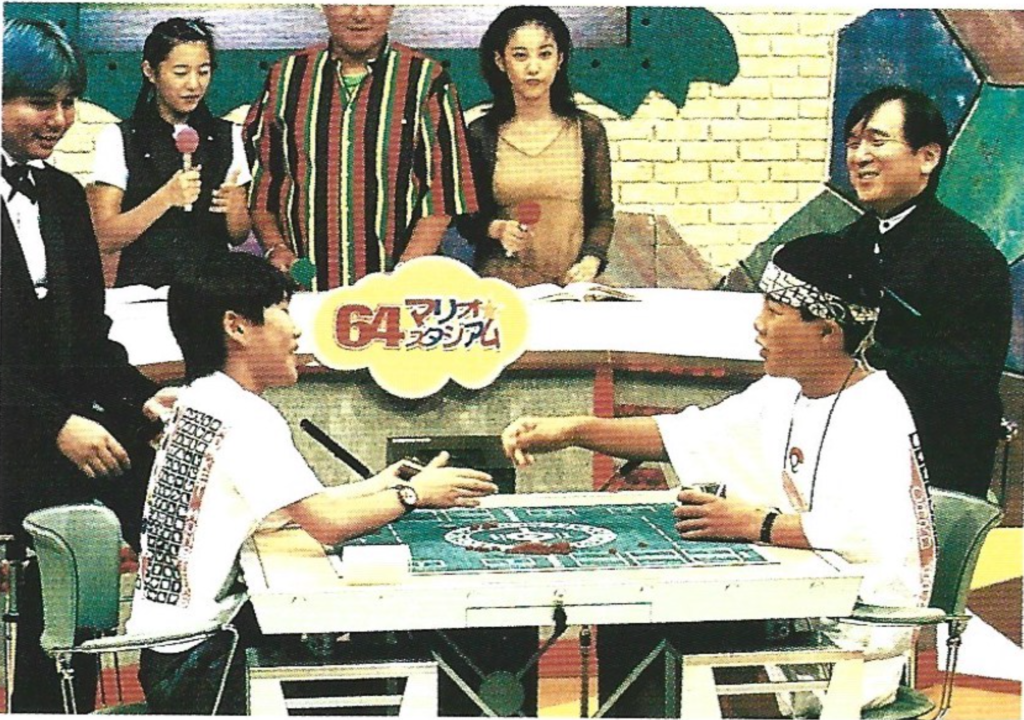
A camera was affixed to the ceiling of the studio and provided the audience and commentators with a bird’s eye view of the game table. Footage of this table was shown during the broadcast of the events, but unfortunately the footage has been lost to time.
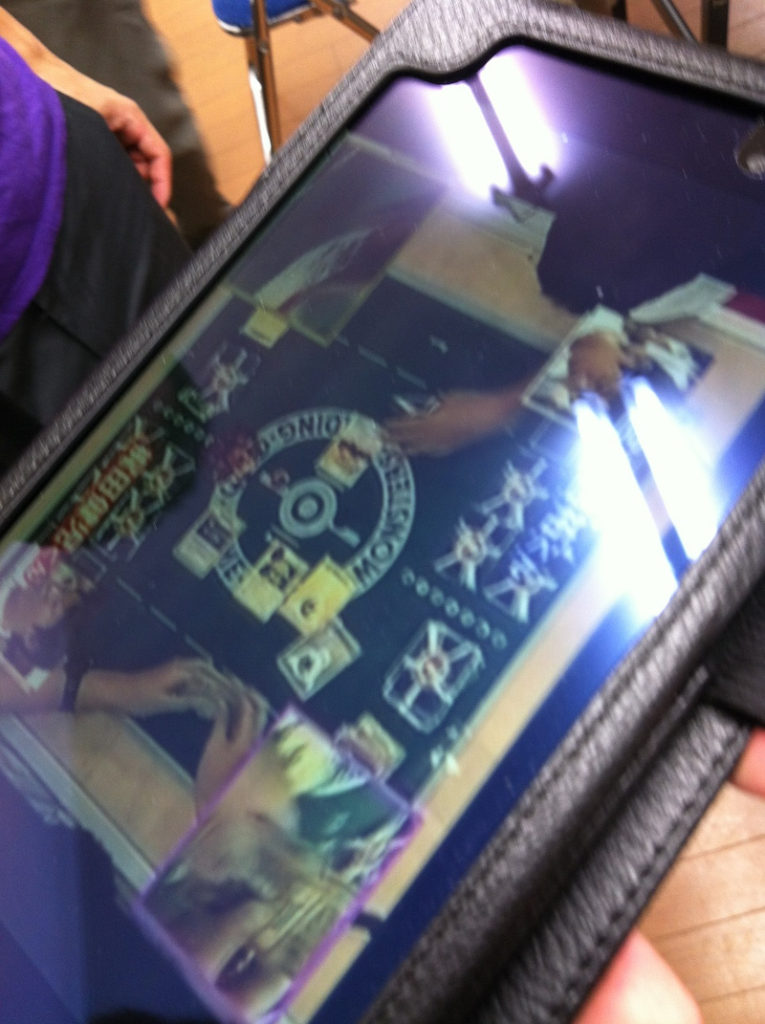
3rd Place Playoffs
During the 3rd place playoffs, the losing players of the semi-finals would face each other to determine who would get 3rd place.
Junior league 3rd place playoffs (Megumi Sasanuma vs. Kiyo Terada)
Sasanuma started the game with a Scyther in the active spot, while Terada started with a Ditto. Both also started with a Chansey on their benches.
On his first turn, Sasanuma played Professor Oak, followed by Bill to draw cards, and knocked out Terada’s Pokemon. Terada managed to fight back and also knock out Sasanuma’s Pokemon, but he wasn’t able to catch up.
In the end, Sasunuma’s Electabuzz knocked out Terada’s Hitmonchan with a “Thunder Punch” attack to take the final prize, resulting in Sasunuma’s victory.
Senior league 3rd place playoffs (Keisuke Miyadera vs. Kenji Kajita)
In the senior league 3rd place playoff match, both players started with no benched Pokemon, and were unable to draw them. This would result in a game loss if their active Pokemon was knocked out.. Miyadera used Lickitung to attack while Kajita traded blows with his Electabuzz.
Kajita was lucky and drew a Chansey from his deck first and put it on the bench. On the other hand, Miyadera was unable to draw another benched Pokemon. While on the brink of defeat, Miyadera played Gust of Wind to switch Kajita’s Chansey to the active spot. He used Lickitung’s “Tongue Wrap” attack to attempt to paralyze the Chansey, but failed the coin toss. Kajita switched his Chansey back to Electabuzz, used “Thundershock”, and won the match to claim 3rd place.
Finals
Finally, the time had come for the final match of the Kamex Mega Battle tournament series.
Junior league finals (Satoshi Kato vs. Kazuto Kato)
Both Satoshi Kato and Kazuto Kato ran “Beatdown” decks that used powerful basic Pokemon to score prize cards quickly. The two players worked to exploit each others’ weaknesses. When Satoshi put an Electabuzz in the active spot, Kazuto switched in a Hitmonchan to exploit its fighting type weakness. Likewise, Satoshi switch in a Scyther that resisted fighting types after his Electabuzz was knocked out.



The battle began to turn when Kazuto summoned his Mr. Mime from the first vending machine series. This Pokemon had a a Pokemon Power called “Neutral Damage”, which erased both weaknesses and resistances of both active Pokemon.
With Mr. Mime suppressing Scyther’s resistance to fighting, Kazuto managed to win the match and become the junior league Kamex Mega Battle national champion.
Senior league finals (Osamu Asakura vs. Kenichi Fujisawa)
Asakura started off the match by placing a Magmar into the active spot to take advantage of Fujisawa’s Scyther’s weakness to fire. To counter this, Fujisawa put his Mr. Mime from the first vending machine set onto the bench, and used its “Neutral Damage” Pokemon Power to negate Scyther’s weakness.
Asakura played a Charmander onto the bench, and used the Pokemon Breeder trainer card to evolve it into a Charizard. Its powerful “Fire Spin” attack secured Asakura’s victory as the senior league Kamex Mega Battle national champion.
Awards Ceremony
After the final matches had concluded, the winners were presented with Squirtle (3rd place), Wartortle (2nd place), and Blastoise (1st place) trophies by the host, Toru Watanabe.
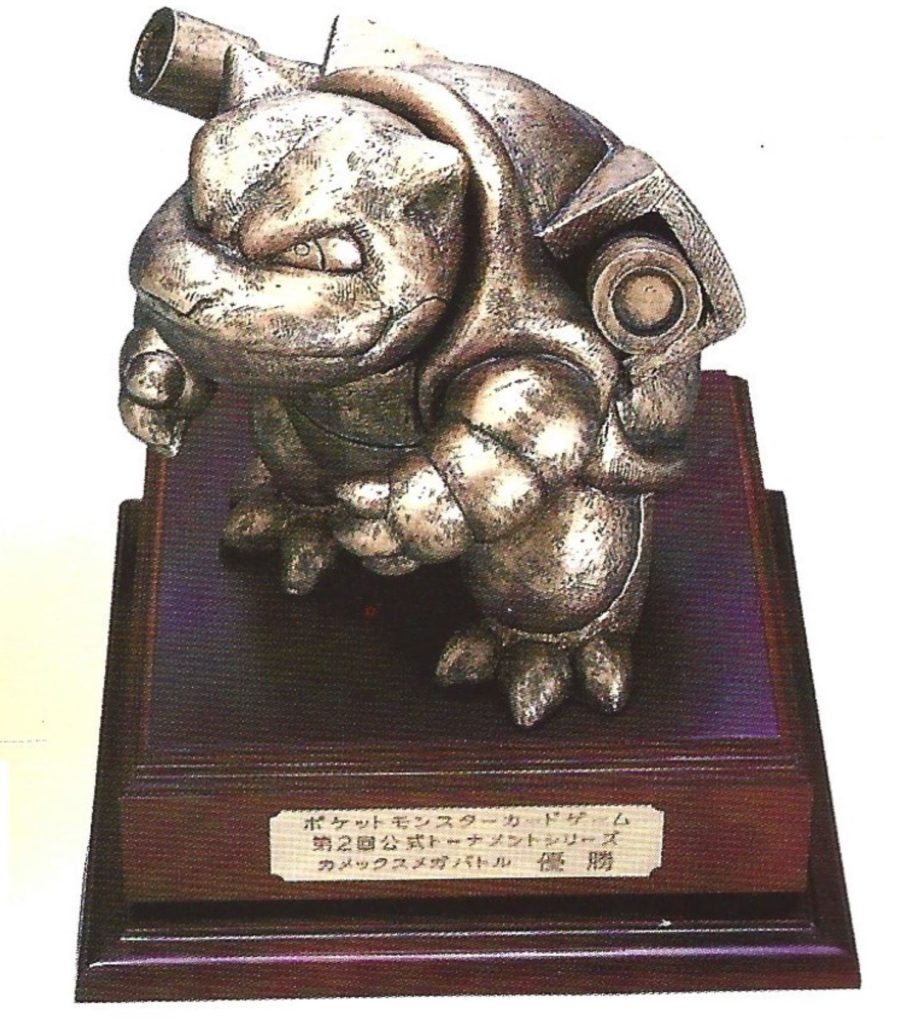
Each of the trophies was made from latex on a wooden base, backed by green felt on the bottom. The trophies do not make a distinction on if they were presented to a junior or senior league winner.
The inscriptions on each trophy base state:
ポケットモンスターカードゲーム
第2回公式トーナメントシリーズカメックスメガバトル <優勝/準優勝/ 3位>
Kamex Mega Battle trophy plaque inscription
Pokemon card game
2nd Official Tournament SeriesKamex Mega Battle <Champion / Runner-up / 3rd place>
Translated Kamex Mega Battle trophy plaque inscription
Legacy
Like the Lizardon Mega Battle before it, The 1998 Kamex Mega Battle continued the tradition of regional tournament circuits and a culminating national championship. This would continue into the next year’s tournament series, the 1999 Challenge Road, and subsequent national championships (Tropical Mega Battle for juniors, Secret Super Battle for seniors).
It was one of the last Pokemon TCG tournaments that issued sculptured Pokemon trophies for quite some time. Traditional trophies like acrylic plaques and cups would be given out instead until the rebooted Charizard Mega Battle in 2014. In 2016, the Kamex Mega Battle was rebooted as well, and a new trophy that paid homage to the 1998 one was made for the winners.
Some of the side events introduced at the 1998 Kamex Mega Battle were also carried over to future official tournaments, such as the Dugtrio Tag Team tournament and 3-win challenge corner.
Sources
A big special thank you to Antoine Boulay (twitter: @ToineLay) for their help on translating the handbook and being a great discussion partner in discovering many of the old documentation for this event!
- https://pokeboon.com/jp/promo_event/2nd-official-tournament-series-kamex-mega-battle/
- https://web.archive.org/web/19990429031042/http://www.pockemon-card.or.jp:80/kamex/index.html
- https://web.archive.org/web/19990423151535/http://www.pockemon-card.or.jp/kamex/kanto.html
- https://ekizo.mandarake.co.jp/auction/item/itemInfoJa.html?index=635316
- https://note.com/setsuna3594/n/nc8c5304fcb21
- https://web.archive.org/web/19990423163227/http://www.pockemon-card.or.jp/kamex/zenkoku.html
- https://web.archive.org/web/19990221212102/http://www.pockemon-card.or.jp/kamex/zenkokurule.html
- https://ameblo.jp/s-o-resistance/entry-12546428892.html
- https://nazonobasho.com/regulation-kamexmegabattle1998/



